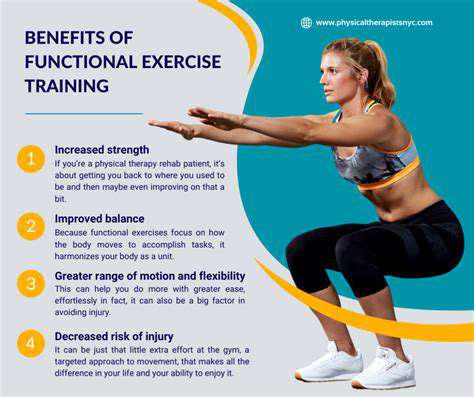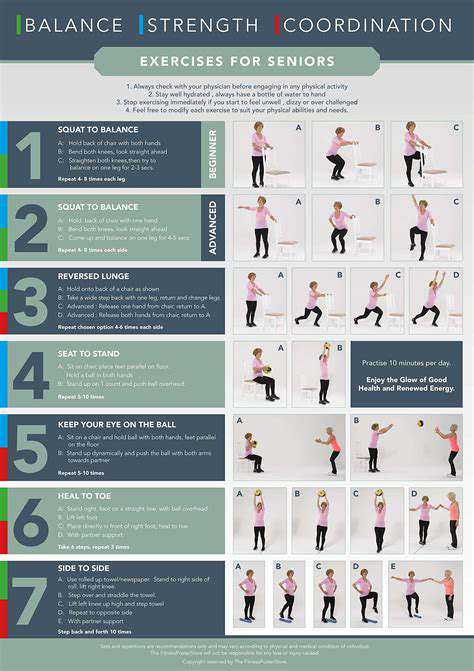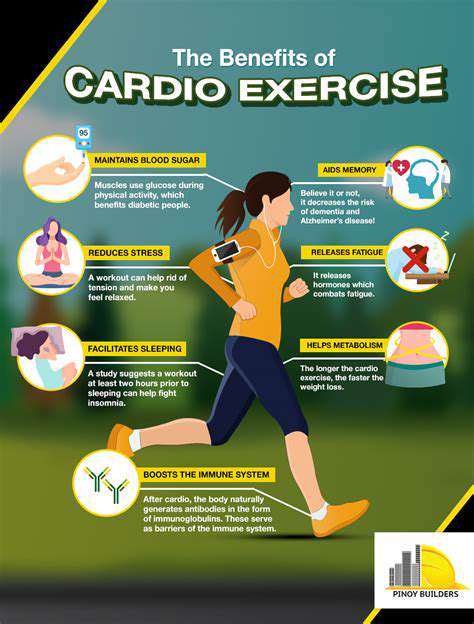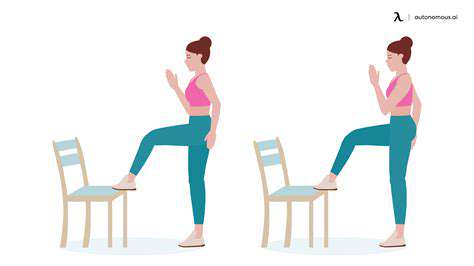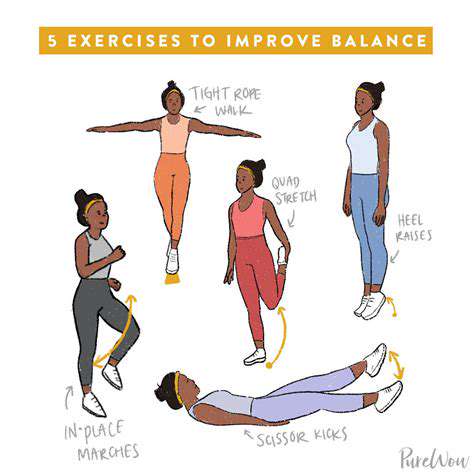How to Find Senior Friendly Walking Paths in Your Community
Assessing Your Community's Walking Paths for Accessibility
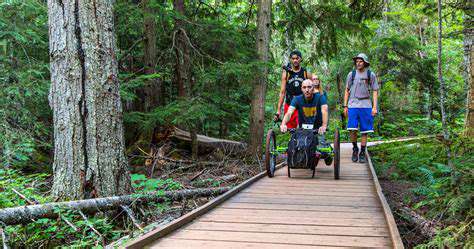
Walking Infrastructure Assessment
When evaluating your community's pedestrian environment, start by carefully inspecting the current walking infrastructure. Look at sidewalks, pathways, and crosswalks to determine their condition, safety features, and accessibility. Spotting locations with poor or non-existent infrastructure helps focus improvement efforts where they're needed most. Pay attention to details like pathway width, surface quality, lighting availability, and any obstructions such as improperly parked vehicles or rough terrain.
A thorough examination of walking routes reveals both problems and potential. This process shows how well the current system serves pedestrians and pinpoints where upgrades would make the biggest difference. Mapping out the existing pedestrian network forms the foundation for smart growth planning.
Safety and Accessibility Considerations
Route safety and accessibility deserve top priority. Evaluate traffic patterns, vehicle speeds, sight lines, and potential dangers including pavement damage, irregular surfaces, or poor illumination. Areas with frequent pedestrian incidents or limited access for disabled individuals require immediate attention and targeted safety upgrades.
True community accessibility means accommodating everyone. This includes people using wheelchairs or other mobility devices. Review current compliance with accessibility guidelines and flag areas needing modification to create genuinely inclusive walking spaces. Prioritizing accessibility goes beyond meeting regulations - it's about building a community that works for all residents.
Community Preferences and Usage Patterns
Successful walking initiatives reflect local habits and preferences. Gather information through surveys, conversations, and direct observation to learn about favored routes, common destinations, and safety perceptions. This data highlights well-used areas and spots that could benefit from revitalization, guiding infrastructure improvements.
Different population groups have distinct walking needs. Parents with young children, older adults, and individuals with disabilities may prioritize different route features. Studying current usage patterns provides valuable insights for creating walking spaces that serve the entire community.
Environmental Factors and Amenities
Local conditions significantly influence walking behaviors. Consider weather patterns, natural features, and available facilities like green spaces, parks, and seating areas. Understanding how these elements affect pedestrian activity helps create routes people will actually use.
Climate plays a major role in walking habits. Extreme temperatures or frequent precipitation can discourage outdoor activity. Designing routes that remain comfortable across seasons increases year-round usage. Strategically placed amenities like coffee shops, transit stops, and recreational areas make walking more appealing by offering convenient destinations along the way.
Economic and Social Benefits of Walking
Documenting the advantages of quality walking infrastructure helps secure community support and funding. Emphasize public health improvements, reduced traffic, and enhanced community vitality to build enthusiasm for pedestrian projects. This evidence demonstrates the wide-ranging value of walking initiatives.
Walkable communities often see economic benefits including stronger local businesses, tourism growth, and job creation in related fields. Highlighting these advantages makes a compelling case for investing in pedestrian infrastructure.
Exploring Local Parks and Trails
Finding Accessible Trails
For senior walkers, accessible trail features make all the difference. Seek out paved or smooth dirt paths with minimal elevation changes to reduce joint strain and make exercise sustainable. Many parks provide online accessibility information or staff who can detail features like ramps, railings, or rest spots.
Considering the Terrain
Path surfaces directly impact safety and comfort. Avoid routes with steep grades or rough terrain that might cause falls. Ideal paths feature gentle slopes, even surfaces, and clear markings. Watch for potential trip hazards like exposed roots or loose rocks.
Checking for Amenities
Thoughtful amenities enhance the walking experience. Look for regular seating areas, drinking water access, and available restrooms - especially important for longer outings. These features make walks more manageable and enjoyable.
Understanding Trail Length and Difficulty
Start with shorter, easier routes and gradually increase challenge as fitness improves. Matching trail demands to current ability levels prevents overexertion while allowing steady progress.
Considering Safety and Security
Prioritize well-lit, frequently traveled paths, particularly for solo walks. Walking with companions adds security on less populated trails. Always inform someone about your walking plans and location.
Researching Local Parks and Trails
Thorough research ensures finding suitable walking options. Check park websites, read user reviews (especially from other seniors), and explore community forums for firsthand trail condition reports and recommendations.
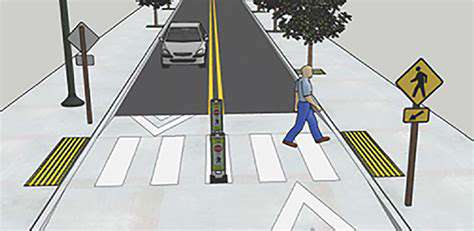
Seeking Recommendations from Local Experts
Local Parks and Recreation Departments
Park departments offer authoritative trail information including accessibility details, maintenance status, and difficulty ratings. They often know about senior-focused walking programs that combine exercise with social opportunities. These offices also provide event calendars that might enhance your walking experience.
Community Centers and Senior Centers
Center staff understand local walking options and can suggest routes matching individual needs. Many organize walking groups or health workshops, creating both activity opportunities and social connections.
Online Resources and Community Forums
Digital platforms connect you with fellow walkers' experiences. Senior-focused forums often contain detailed trail reviews highlighting accessibility features and potential challenges - valuable real-world insights.
Hiking and Outdoor Clubs
For those seeking more adventurous walks, outdoor clubs offer guided experiences and expert knowledge about trail conditions. Their communication channels provide updates on route changes or safety considerations.



